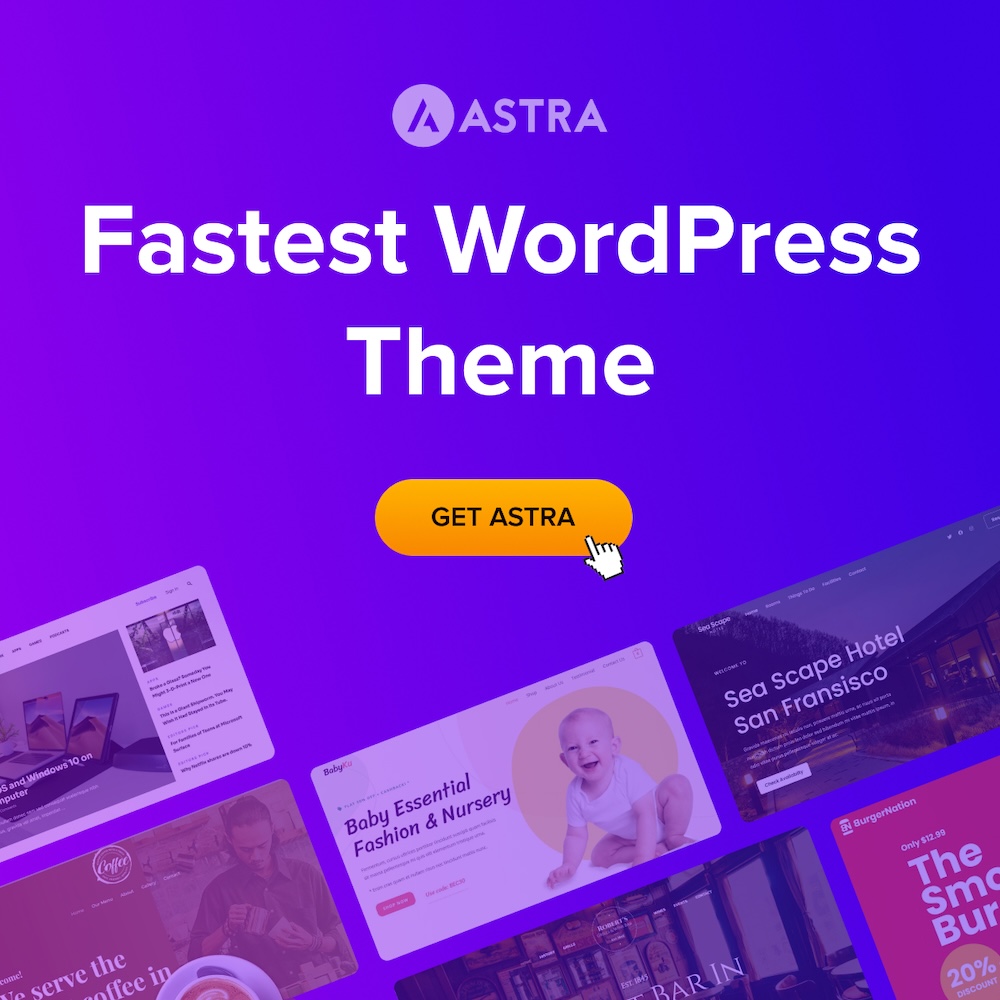Running a Shopify store is only half the battle — the other half is getting people to find, trust, and buy from your brand. A well-executed blog is one of the most cost-effective ways to build organic traffic, support product pages, and convert visitors into customers. This guide gives e-commerce brands, bloggers, and marketers practical, actionable tips you can implement on your Shopify blog today to improve visibility, engagement, and sales.
Start with a Clear Content Strategy
Before writing a single post, define the purpose of your blog. Are you educating customers about product use, ranking for discovery keywords, or building a brand voice that fosters loyalty? A clear strategy keeps content focused and measurable.
Define goals and audience
Pick 2–3 primary goals (for example: increase organic traffic, improve email sign-ups, or support product launches). Then outline your target audience by intent: people researching product features, those comparing options, or past customers seeking tips. Tailor topics and tone to those intents.
Create an editorial calendar
Map topics, publish dates, and promotion channels in a simple calendar. Consistency matters: even a weekly or biweekly cadence signals freshness to search engines and builds an audience habit. Use themes or series to reduce planning friction — for example, a monthly "how-to" for product care or a quarterly trend roundup.
Do Practical SEO Research (Not Guesswork)
Good SEO is about matching content to real user intent. You don’t need advanced tools to start — look for keyword opportunities that align with your products and audience.
Find topic ideas
Start with your own site search queries, customer support questions, and product reviews. These reveal what customers care about. Combine that with simple keyword checks using free tools or Google’s auto-complete to see how people phrase queries.
Choose intent-driven keywords
Prioritize keywords by intent (informational, transactional, navigational). For example, "how to clean leather sneakers" is informational and pairs well with a blog post that links to the product page for your cleaning kit. Use the chosen phrase naturally in the title, first paragraph, and headings — but avoid keyword stuffing.
Optimize Each Post for Conversions and Discoverability
SEO and conversions work together. Optimize posts so search engines can find them and visitors can easily take the next step.
Write compelling titles and meta descriptions
Your title should clearly state the benefit and include the main keyword. Meta descriptions are an underused conversion tool — craft a short summary that highlights a unique benefit and a call to action (for example, "Learn quick cleaning hacks + recommended products").
Use a logical on-page structure
Break content into short paragraphs with descriptive headings (H2, H3). This helps readability and lets search engines understand the hierarchy of information. Include a clear call-to-action (CTA) near the top and bottom of the post — for example, "Shop the kit," "Subscribe for weekly tips," or "See product comparison." Use internal links to relevant product pages and other blog posts to distribute authority and improve navigation.
Optimize images and media
Compress images for fast load times and add descriptive alt text using target keywords naturally. Consider short how-to videos or product demos — video increases engagement and time on page, which are positive behavioral signals.
Make Your Blog Work for Your Store
A blog shouldn’t be isolated. Integrate it into the shopping experience so posts assist the buyer journey from research to checkout.
Use content to support product pages
Link blog posts to product pages with contextual anchor text (e.g., "cleaning kit" links to the product). Add snippets from relevant blog posts on product pages as 'how to use' or 'care tips' sections. This answers user questions without sending them away, and strengthens the product page’s relevance.
Create shoppable content
Give readers a clear path to buy. Use product shortcodes, featured product blocks, or inline 'shop this look' elements. On Shopify, embed product cards or direct links to improve conversion rates from blog traffic.
Promotion: Don’t Publish and Pray
Promotion turns a post into traffic. Every post should have a promotion plan that leverages channels where your audience already exists.
Send short, value-first emails that highlight the blog post and include a clear CTA. Segment your list by intent or past purchases to deliver more relevant content — for example, send product care posts to customers who bought similar items.
Social and community channels
Share posts with tailored captions for each network. Repurpose hooks for Instagram Stories, short clips for TikTok, and product-use threads for Twitter. Participate in niche communities (forums, Facebook groups, subreddits) by answering relevant questions and linking to your posts when it adds value.
Measure What Matters
Track metrics that tie back to your goals. Don’t get lost in vanity metrics.
Key metrics to watch
- Organic sessions and keyword rankings — measure discoverability.
- Time on page and bounce rate — indicate content quality and relevance.
- Click-throughs to product pages and conversion rate — show business impact.
- Email sign-ups and social shares — measure audience growth and engagement.
Set simple benchmarks (for example: improve organic sessions to an article by optimizing headings and internal links) and run A/B tests on CTAs or title tags when possible.
Scale Efficiently: Templates, Repurposing, and SOPs
Consistency is easier when you systemize. Create content templates and Standard Operating Procedures (SOPs) so your team can produce high-quality posts faster.
Post templates
Use templates for common post types: product tutorials, comparison posts, buyer guides, and trend pieces. Each template should include recommended word counts, heading structure, internal linking rules, and a promotional checklist.
Repurpose high-performing posts
Turn a long guide into a series of shorter posts, infographics, emails, or social clips. Repurposing extends the life of content and reaches audiences with different consumption preferences.
Avoid Common Pitfalls
Knowing what not to do can save time and frustration.
Don’t ignore search intent
High-volume keywords aren’t always valuable if the intent doesn’t match your goals. For example, a product page won’t rank well for a query that's strictly informational unless you build relevant guide content that ties back to shopping intent.
Avoid over-optimization
Stuffing keywords or creating thin posts for the sake of ranking reduces trust and engagement. Focus on usefulness: a longer post that answers real questions will attract links and shares naturally.
Practical Checklist You Can Use Today
Use this mini-checklist when publishing a new Shopify blog post:
- Choose one primary keyword and 1–2 related phrases.
- Write a benefit-focused title and meta description.
- Use clear H2/H3 structure and include internal links to products or related posts.
- Compress images, add alt text, and embed a short video if helpful.
- Add a strong CTA near the top and the end of the article.
- Schedule promotion via email and two social channels.
- Note a metric to track for 30–90 days (organic traffic, clicks to product, or sign-ups).
Summary / CTA: A Shopify blog is a powerful tool when approached strategically. Start with clear goals, write with user intent in mind, connect posts to product pages, and promote each piece actively. Use templates and measure performance so you can iterate and scale. Ready to make your blog a growth engine? Subscribe for practical templates, or explore our Shopify content services to get a custom editorial plan tailored to your store.








